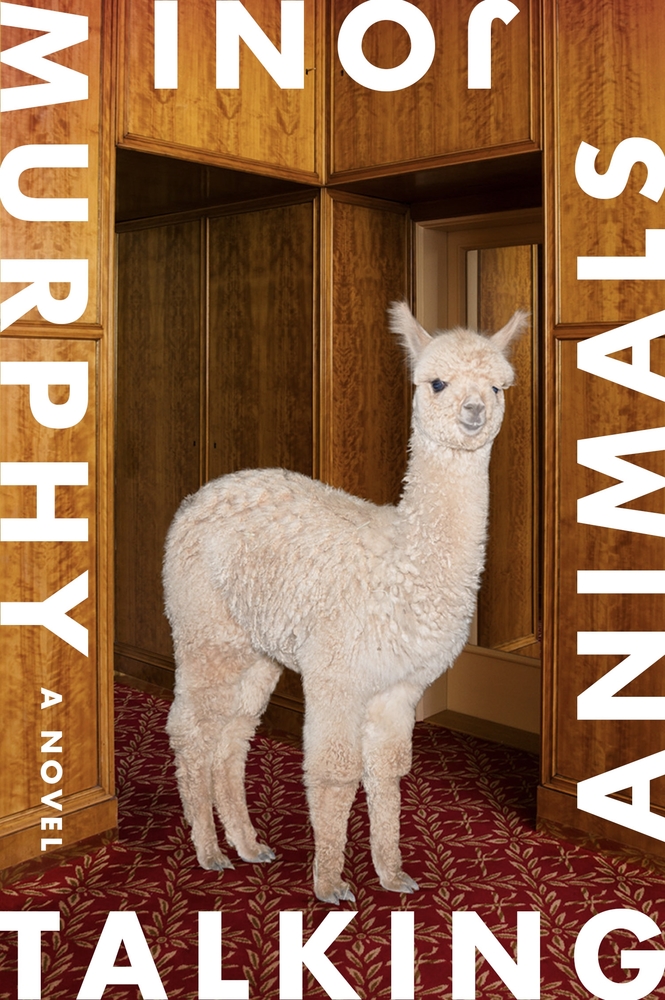Joni Murphy’s Talking Animals
An Orwellian Satire About The Revolution That’s Already Here


Courtesy Farrar, Straus and Giroux
Latest Article|September 3, 2020|Free
::Making Grown Men Cry Since 1992


Courtesy Farrar, Straus and Giroux


